Auto Loans
Affordability
Loan Payment Options
Biweekly Payments
Compare Rate & Term
Rebate vs Low Interest
Home Equity Loans
Lease or Buy
 Auto Lease or Buy Calculator
Auto Lease or Buy CalculatorTo choose between a vehicle lease or loan, you'll need to compare your total costs over the term of the arrangement. This calculator will give you a rough estimate of the costs involved, as well as a comparison between "lost interest" costs related to your initial expenses. It will even calculate your estimated monthly lease payment and/or your monthly loan payment if necessary.
Start at the top and work your way through the entry fields and then click on "Calculate" to arrive at cost figures. You can adjust the vehicle depreciation using the [Enter Vehicle Depreciation Rates?] dropdown.
Authored by Jose Abuyuan on March 10, 2020
Buying or leasing is a tough call. Both have unique advantages and challenges that involve ironing out monthly payments, interest rates, and terms. However, the decision largely falls down to your budget, priorities, and lifestyle.
While the state of your finances is a big deal, it's not the only major deciding factor for leasing or purchasing a vehicle. Some people value long-term car use and flexibility, while others don't mind driving a new unit every couple of years, even if they don't own it.
To understand the key differences between an auto loan and a leased vehicle, we have to compare their features, benefits, and disadvantages. In this article, we'll discuss the difference between buying and leasing a vehicle, their pros and cons, and which option can work for you based on your needs.
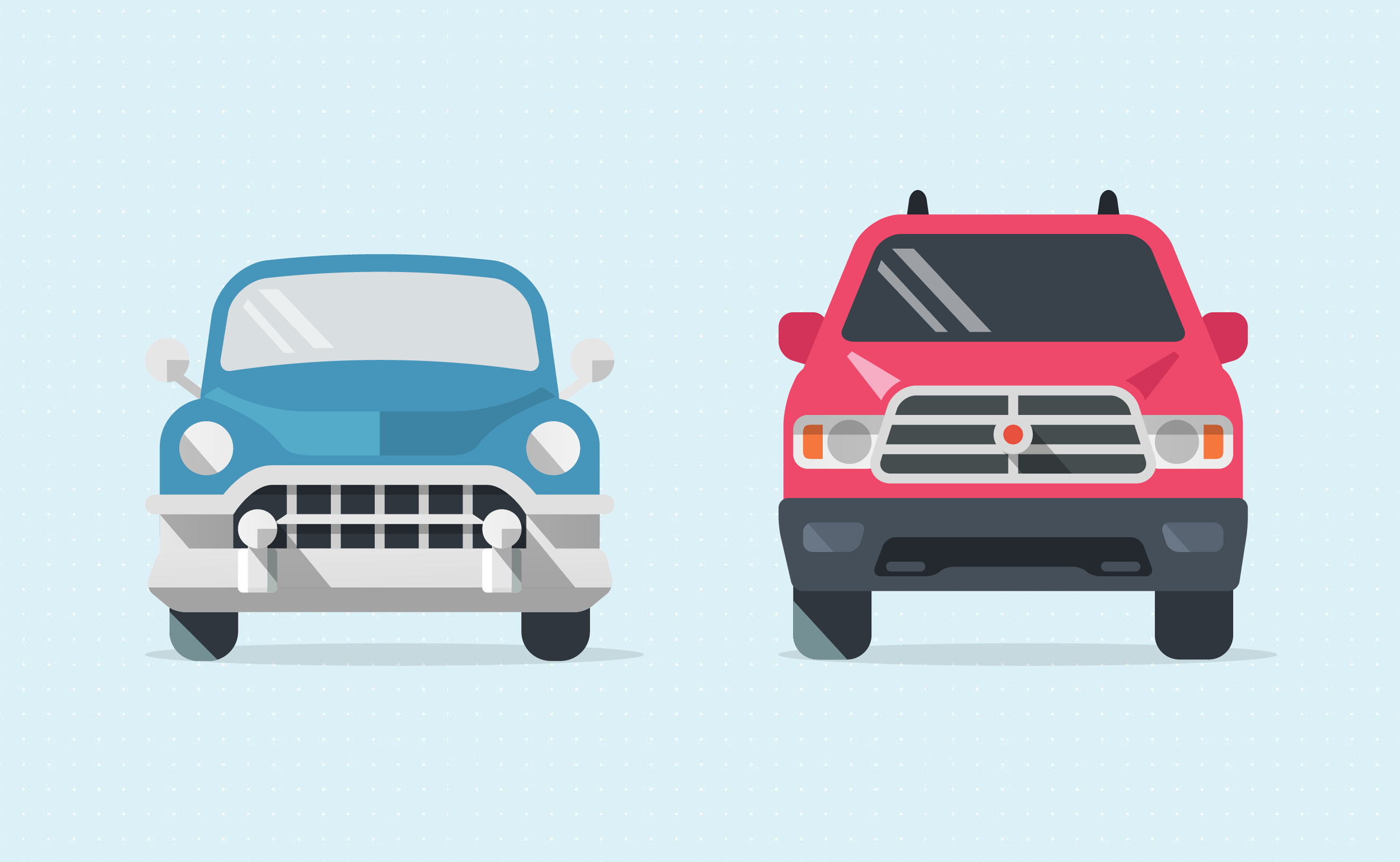
The distinction lies in ownership or gaining equity of the property. When you obtain an auto loan, your monthly payments ultimately go toward owning a car. The traditional auto loan is around 5 years, though a growing number of buyers now take 6-year terms.
On the other hand, when you lease a unit, your payments simply pay for borrowing the vehicle. While both arrangements allow you to drive a unit, leasing allows you to use a car for a predetermined amount of time. This is typically around 2 to 4 years. Once it ends, you normally return the vehicle to the dealer. Others, however, eventually opt to buy it out. Some auto leases can come with a purchase option agreement.
These specific differences essentially dictate how car loans diverge from leasing. And when it comes to payments, financing generally imposes more costly monthly payments than auto leasing.

Depending on your needs, car leasing may seem more beneficial than an auto loan, especially because it has lower monthly payments. But regardless of your preference, purchasing a quality car and using it long-term is still more cost-efficient than paying for several cycles of auto lease.
In most cases, buying a vehicle is cheaper than covering the full cycle of a lease. This is because auto loans are less financially complex. It also provides consumers with more flexibility, allowing them to sell the car as they please. Purchasing offsets depreciation costs as vehicle owners use the unit for many years.
Leasing, on the other hand, embeds hefty depreciation costs on consumers. This is because the car is leased during the first few years of the vehicle. The largest depreciation occurs in the first year, where a car loses 20 percent or more of its value.
Unlike auto loans, another major difference is you can lease cars for your business. If you do this, your company and claim tax deductible losses. When is this helpful? An auto lease may be more beneficial for certain businesses that constantly need to update their company car. This way, they can afford to use the latest models more frequently without the hassle of going through longer and more expensive car loans.
Leased company cars have tax deductible payments, tax, interest, and maintenance costs (even the amount of gas is tax-deductible). Selling or trading in a leased company vehicle lets you claim a tax-deductible loss.
Below is a table which highlights the many differences between buying and leasing a vehicle:
| Car Details | Buying | Leasing |
|---|---|---|
| Ownership/Equity | Own the vehicle once it's paid down. | Consumers gain no ownership. |
| Upfront costs | Includes down payment, registration fee, taxes, and other upfront fees. | Can include a down payment, the first month's payment, acquisition fee, security deposit, registration fee, taxes and other fees. |
| Monthly payments | Higher compared to a lease. It pays off the entire purchase price of the car, including interest, taxes, and other fees. | Usually lower than auto loans. It pays for the car's depreciation during the lease. Includes rent charges (the interest), taxes, and other fees. |
| Mileage cap | No mileage cap. Drive as many miles as you want. | Leasing puts a mileage cap on a vehicle, usually between 10,000 to 15,000 miles per year. Penalty charges apply once you exceed the limit. |
| Customization | Owners can modify their vehicle as they please. | No modifications allowed. The unit must be returned in showroom condition. If you added features, they must be removed. Residual damage after removal entails repair charges, filing an insurance, and paying a deductible. |
| Maintenance costs | For car owners, repair and maintenance costs increases as the vehicle gets older. | New cars do not have many mechanical issues. The leased vehicle is also covered by factory warranty, which means you don't shoulder expensive maintenance costs. |
| Wear-and-tear charges | No wear-and-tear charges since the car is yours. | If the car incurs wear-and-tear beyond normal use, you must pay extra charges. |
| Car return | If you decide to get a different car, the dealer cannot simply take back the unit. You must sell or trade-in the vehicle. | Once the lease ends, you return the vehicle. Save for possible penalty fees and other closing costs, you're no longer liable for the unit. |
| Early termination | Car owners can sell or trade in their unit any time. Profits from the sale can cover a portion of the loan balance. | Early lease termination involves costly charges. It's almost as expensive as covering the entire lease. |
| End of the term | Once you pay down your auto loan, you have no further liabilities. | You return the car by the end of the lease. There's an option to purchase the car (purchase option agreement) or decide to get a new lease. |
| Future value | Though the unit depreciates, its cash value is yours to utilize once you've paid it down. | You pay for the car's depreciation during the lease duration. Though its future value does not affect you, you do not gain equity of the vehicle. |
Since the auto loan process varies from leasing a vehicle, consumers resolve similar issues differently. Below are common car issues and how people work them out under auto financing and leasing:
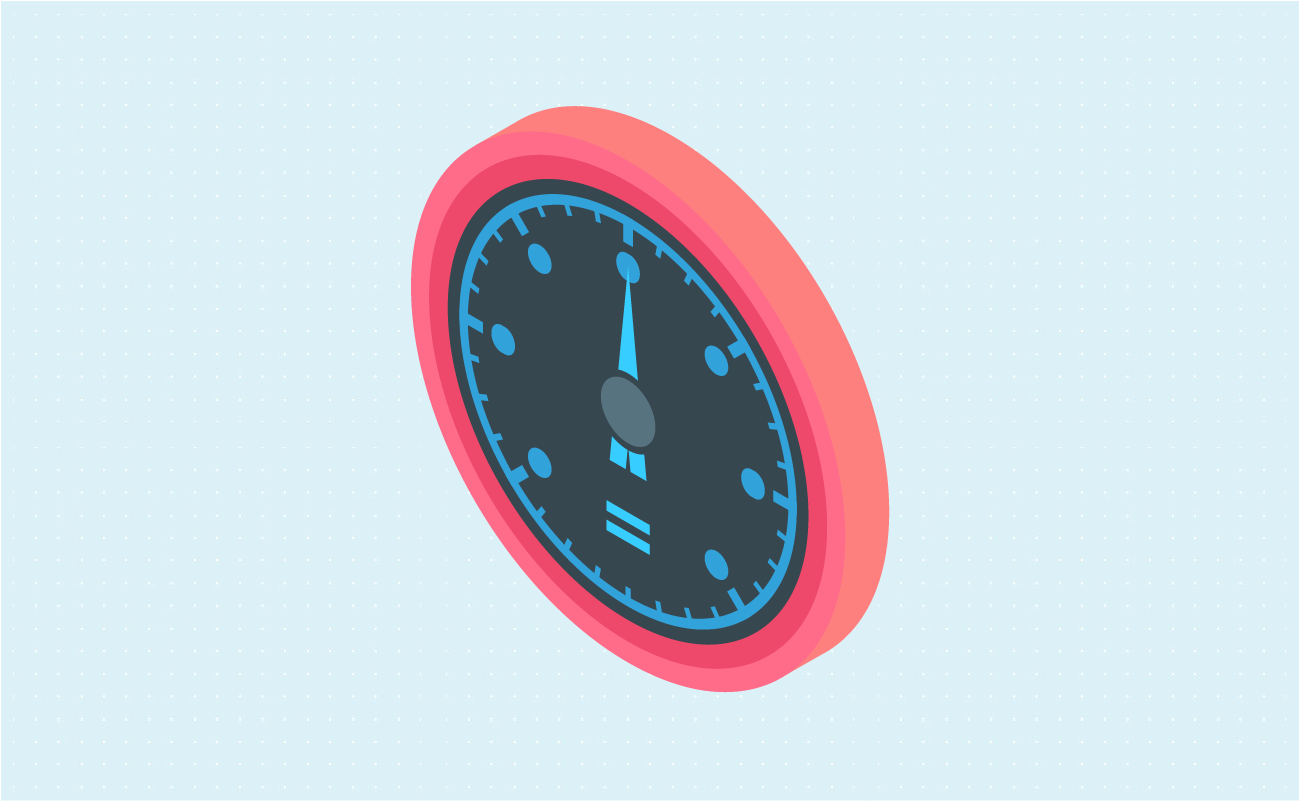
There's no mileage cap when you own a vehicle. This is one reason why many consumers prefer to buy their own unit. However, it's good to put a mileage limit if you want to sell your car. Racking up a higher mileage, as well as excess wear-and-tear, lowers your vehicle's resale or trade-in value. Depreciation is an inevitable fact with most vehicles. But with good maintenance, you can help your unit retain a good resale value.
If you go beyond a lease's mileage cap or incur costly car damages, purchasing the car might be a more favorable option than paying expensive penalties. Consumers who complete lease buyouts are no longer charged for exceeding mileage or scratching their bumper.
Leases afford less flexibility because you only pay for a limited mileage. If you use less miles, you're not rebated. But if you use more miles, you're charged extra.

Make sure to get a purchase option agreement before signing a lease contract. In case you decide to buyout your lease, you've got your bases covered. This is a better option than paying costly penalties for a car you cannot own.
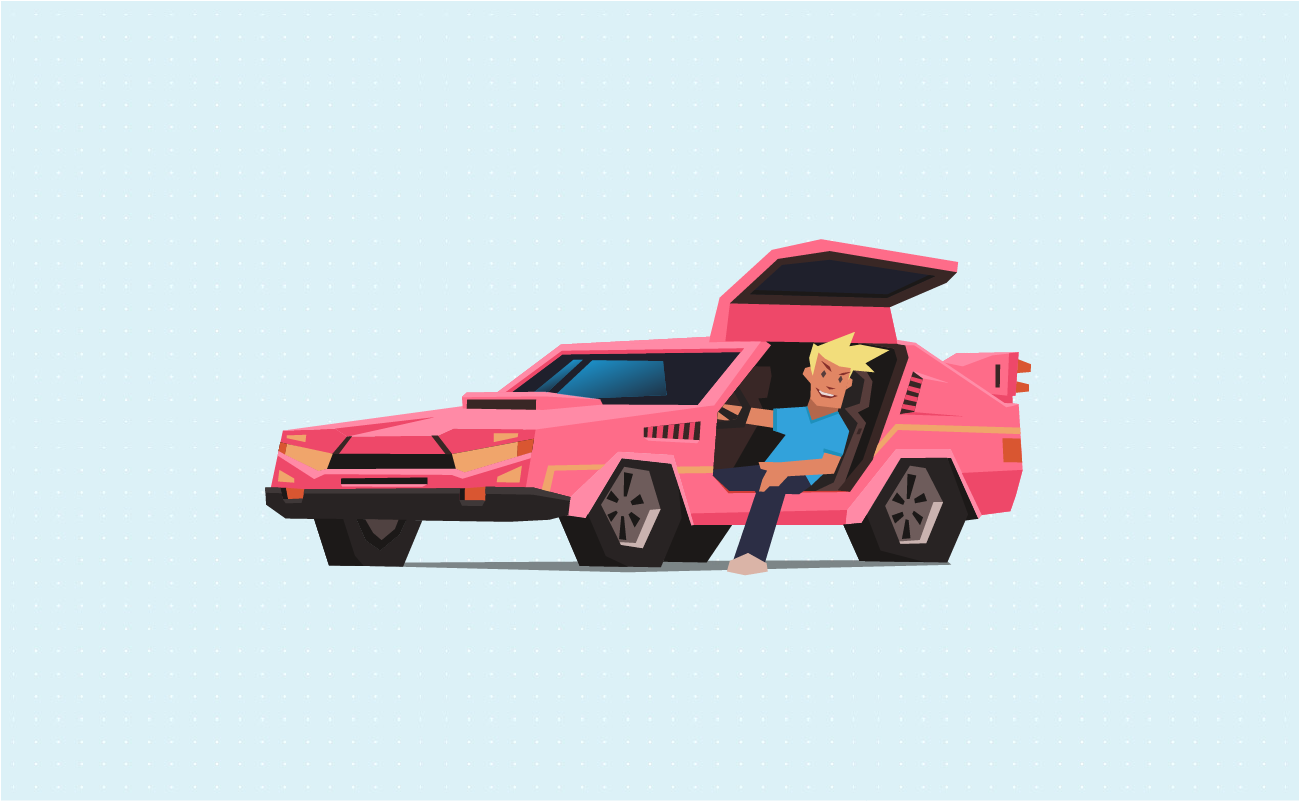
Purchasing a car allows you the freedom to modify the unit's features. This is another motivation for consumers who want to purchase a vehicle. If you own your unit, you can customize it according to your preferences. This includes adding dash cams, changing the paint job, getting aftermarket mufflers, new headlights, and so on. However, your vehicle's warranty might be removed if you choose certain modifications.
Auto leasing imposes charges if you attempt to install new technology or alter any of the car's existing features. Save for professional window tinting, every other alteration is prohibited. If you do, you must remove any modifications before returning the vehicle.

Customizing your car can void warranties set by the manufacturer. Unless you're completely okay with this, check how specific modifications affect your warranty. Otherwise, it's better to wait till the warranty expires before installing new features. You'll never know when you need free repairs.
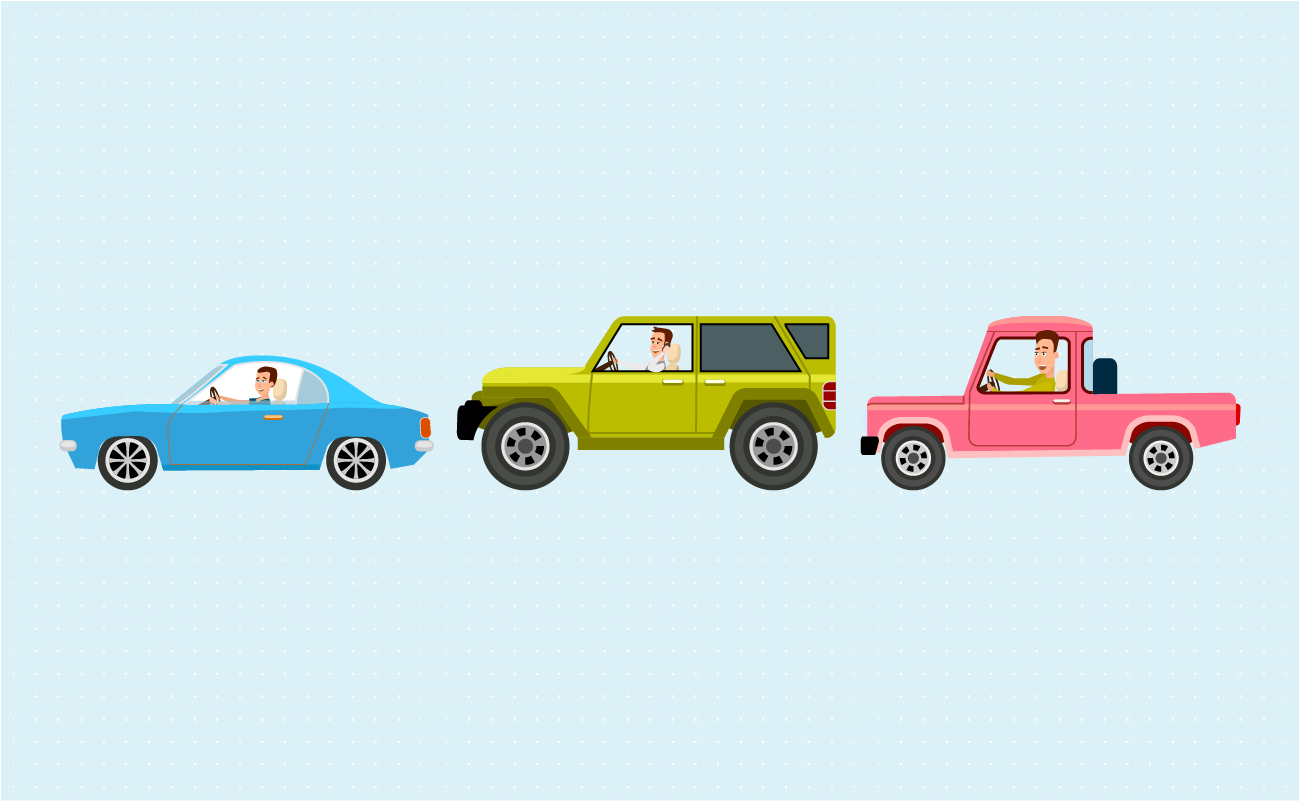
There are times you purchase a unit and eventually realize you need a different vehicle. When this happens, car owners can generally sell or trade-in their vehicle anytime. At this point, the duty to sell or trade in the car (for lesser profit than selling) becomes the owner's burden. If this happens within 2 or 3 years, then it might have been better to lease a car.
For consumers who are not sure about purchasing a long-term unit, leasing can work for you. A lease eliminates the need to look for a buyer or trade-in at a dealership when your term is through. As long as you've paid off closing fees and any penalties, you have no obligations and can immediately shop for a different vehicle. Again, if you decide to buy the unit, you can do so as long as you secure a purchase option agreement.

Avoid trading in your car if the balance is not paid in full. Trading in a unit with unpaid balance rolls over your previous debt to a new loan. This leaves you with negative equity, making you prone to endless toxic debt. Consumers with negative equity are often offered higher interest rates and monthly payments with longer terms. Choose to sell your car instead or pay down the balance before trading it in.
Early termination for an auto lease is an expensive process. This can happen when a consumer suddenly needs to relocate but cannot take the car. In other cases, some may just prefer another car. Either way, most dealers don't agree to break your contract without penalty.
Covering lease termination might cost thousands of dollars, which is similar to paying the entire lease term. Often, it's best to wait till your lease ends. If you really need to move, you can ask a trusted family member to look after your vehicle (and not use it) while you're away. They can also assist you in returning the unit once the contract is due.
What else can I do to terminate my lease? You can buyout the vehicle early instead of paying the large cancelation fee. This way, you can eventually sell the car to recoup a portion of the costs.
Now let's break down the pros and cons of car financing and leasing individually.
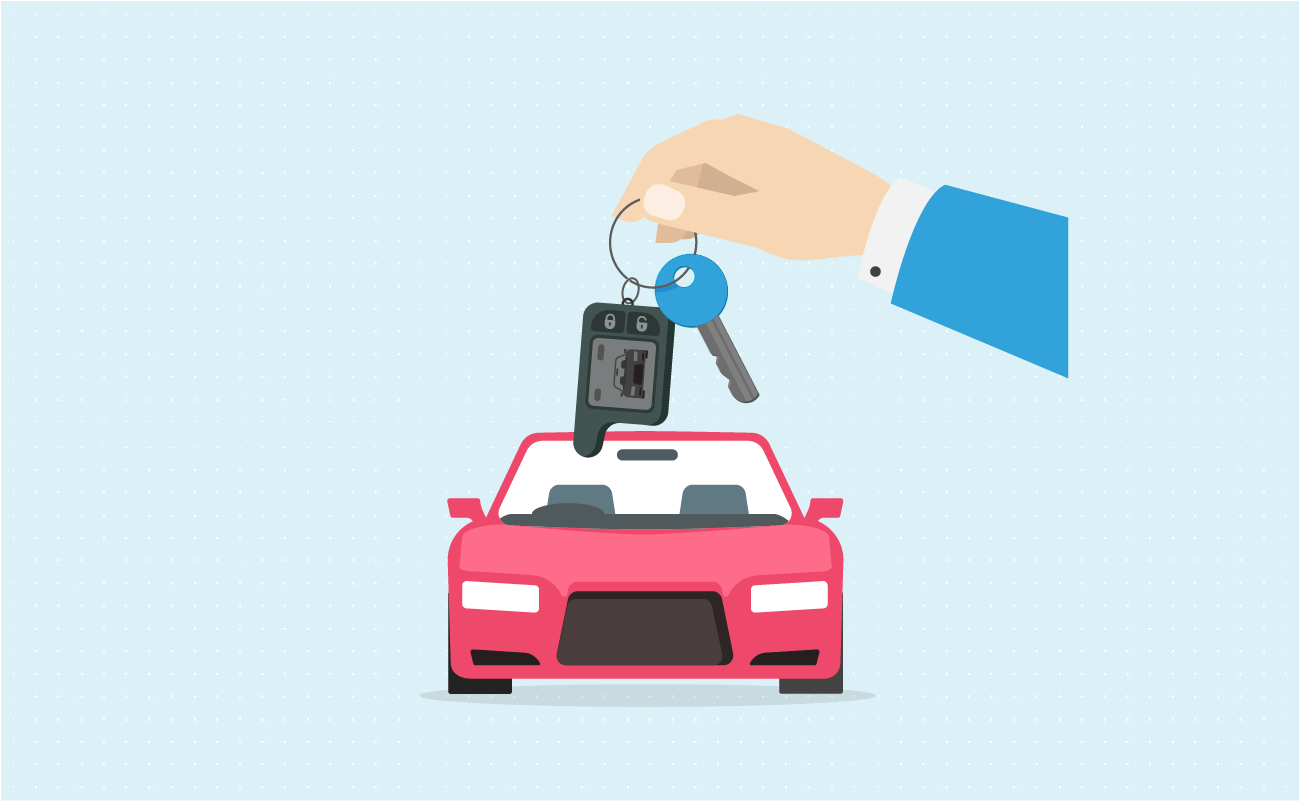
Below details the pros and cons of purchasing a vehicle. Use this guide to help you decide if taking an auto loan works better for you.
| Pros | Cons |
|---|---|
| Save more money over the long term. | Monthly payments are more expensive than leasing. |
| Gain ownership of the vehicle. | Costly maintenance and repairs as the car ages. |
| Customize the car as you wish. | The possibility of going ‘upside down' on your loan. |
| No mileage cap or wear-and-tear charges. | Dealing with the burden of selling or trading in the vehicle. |
| You can sell or trade-in the unit. |
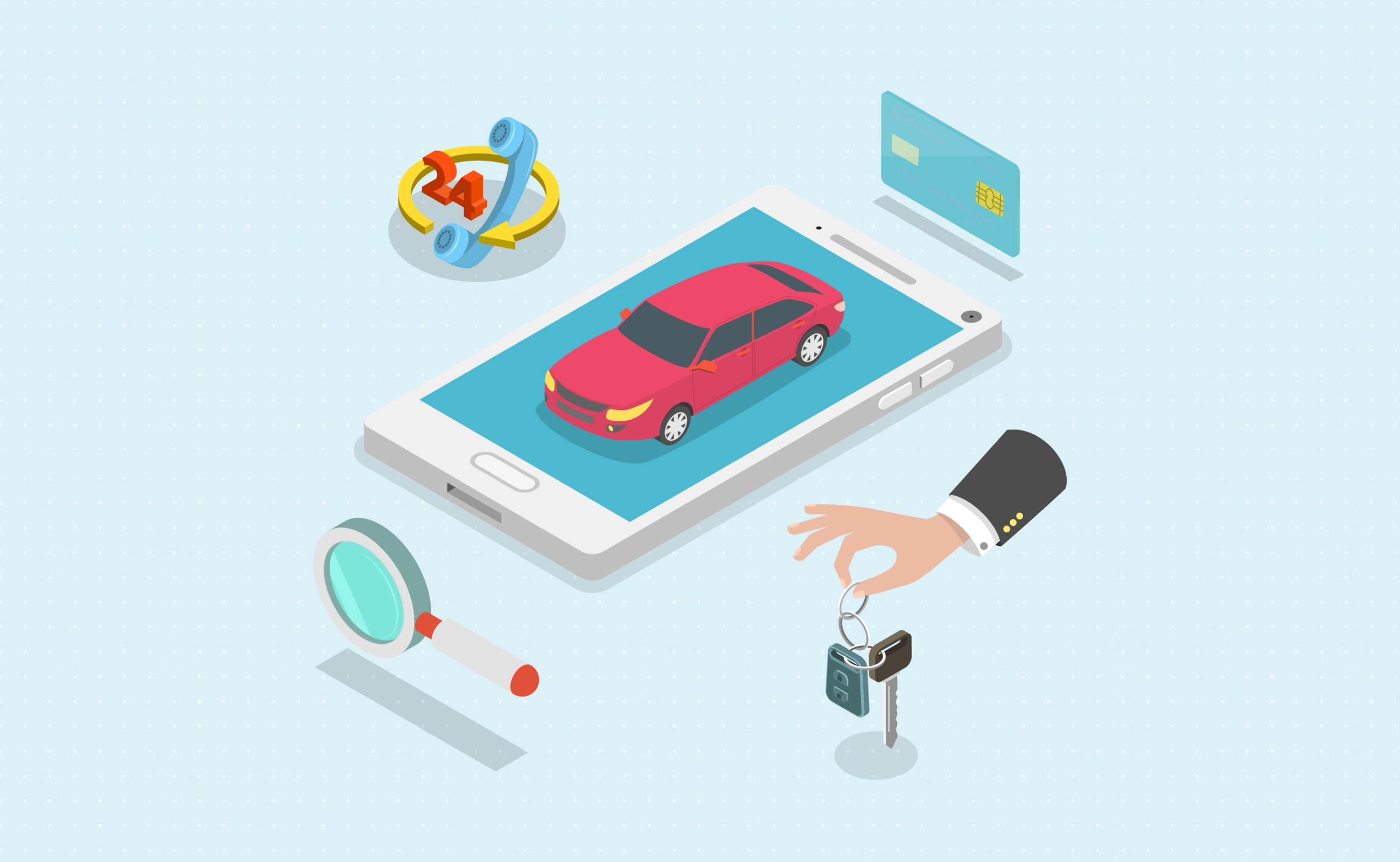
The list below runs down the pros and cons of leasing a unit. Take advantage of this guide to determine if car leasing is ideal for you.
| Pros | Cons |
|---|---|
| Lower down payment and monthly payments compared to auto loans. | Paying more in the long term with every lease cycle. |
| Minimal repair costs because the car is covered by warranty. | You don't gain equity as you pay (but there is an option to buy the vehicle). |
| Easily use the latest models every 2-3 years. | Limited mileage, usually between 10,000-15,000 miles per year (though there's an option buy extra miles). |
| No need to worry about selling or trading in the vehicle. | Possible extra charges for excessive wear-and-tear. |
| Early lease termination can be expensive. |
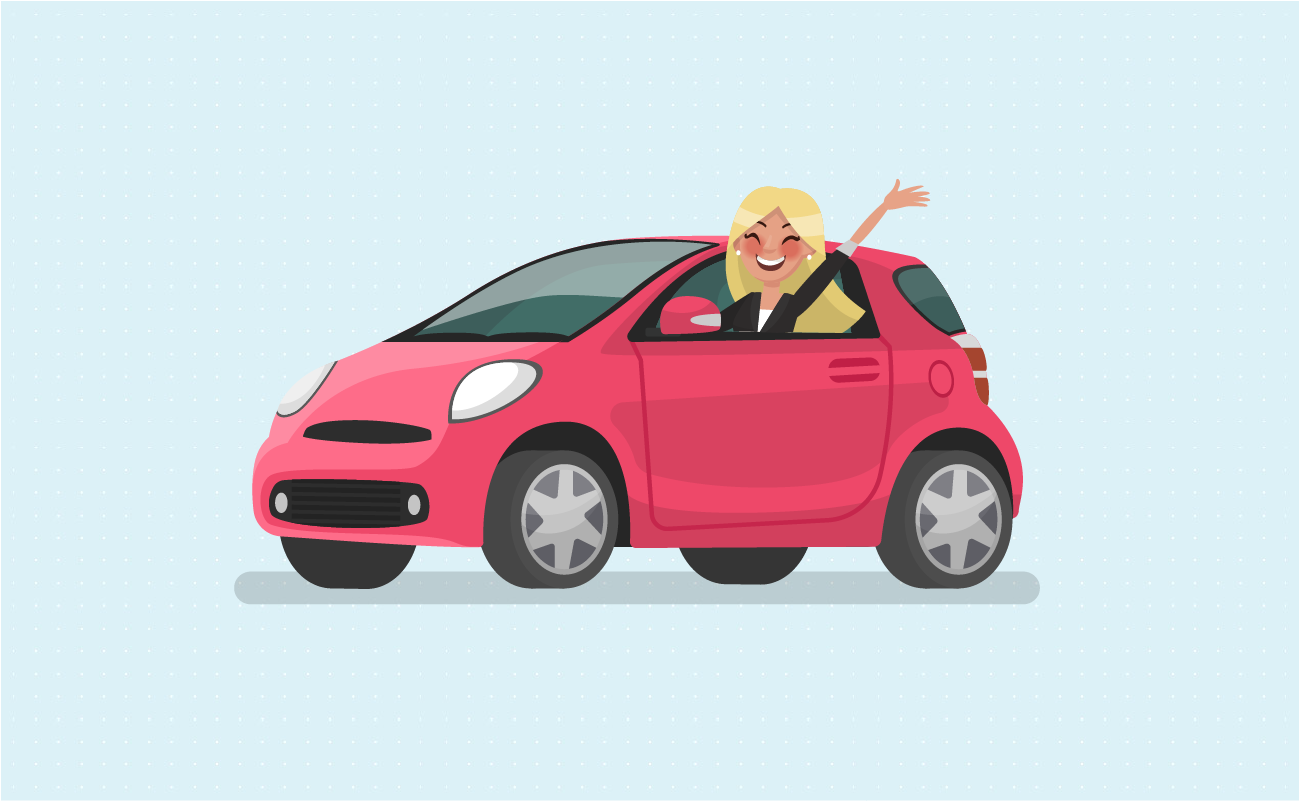
In summary, choosing an auto lease allows consumers to drive the latest cars for lower monthly payments. It's a viable option if you want to drive new models every 2 to 3 years. Purchasing a vehicle, however, provides people with greater flexibility over the property. Since they gain equity of the asset, they are free from costly penalty charges and can sell or trade-in their unit anytime they please.
After breaking down the differences, and the pros and cons of each option, you should consider which factors matter most to you. This will help you make an informed choice, one that's based on both your lifestyle and needs.
For more information about leasing a car, read our guide and use our vehicle lease calculator.
Jose Abuyuan is a web content writer, fictionist, and digital artist hailing from Las Piñas City. He is a graduate of Communication and Media Studies at San Beda College Alabang, who took his internship in the weekly news magazine the Philippines Graphic. He has authored works professionally for over a decade.